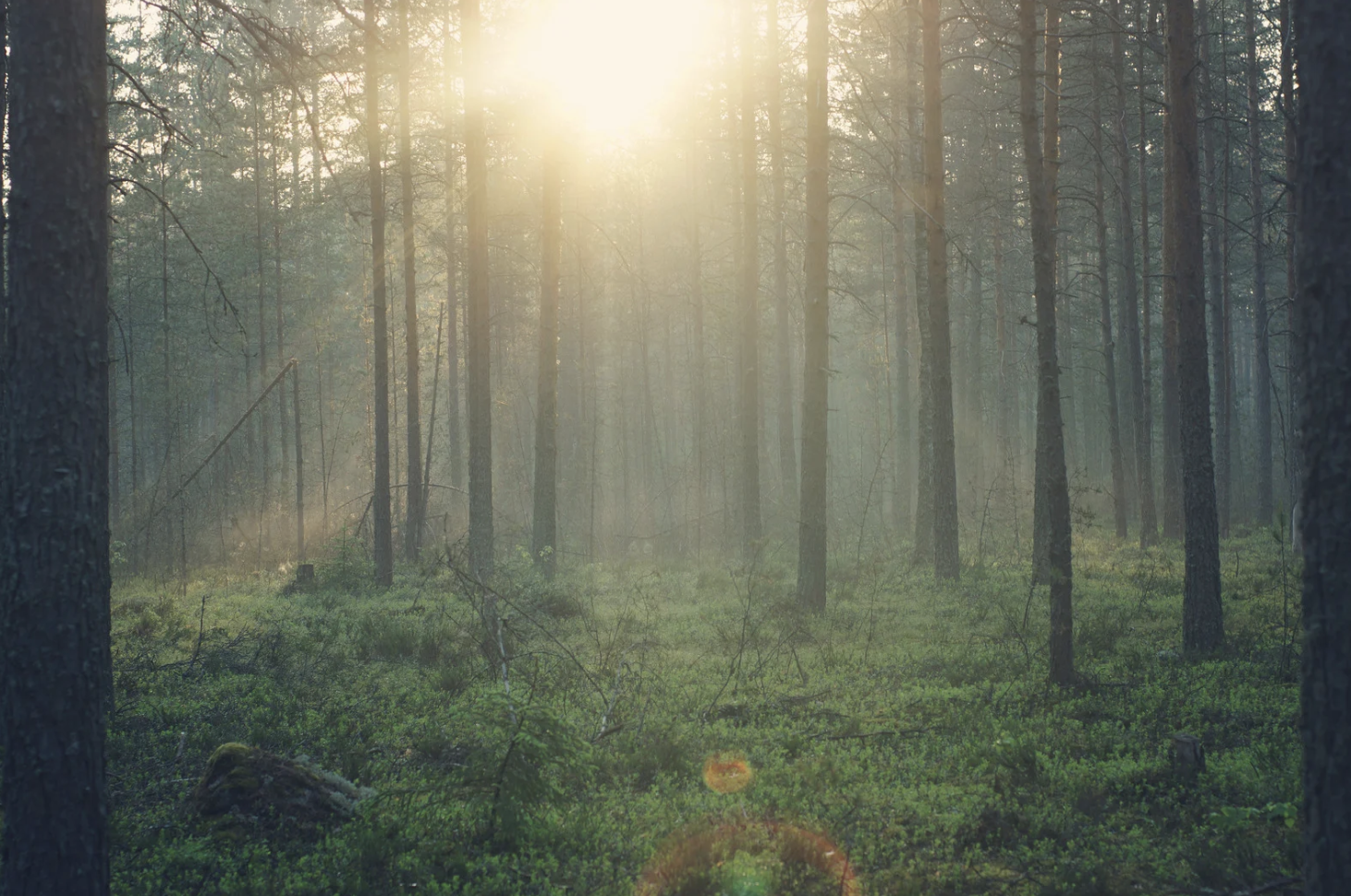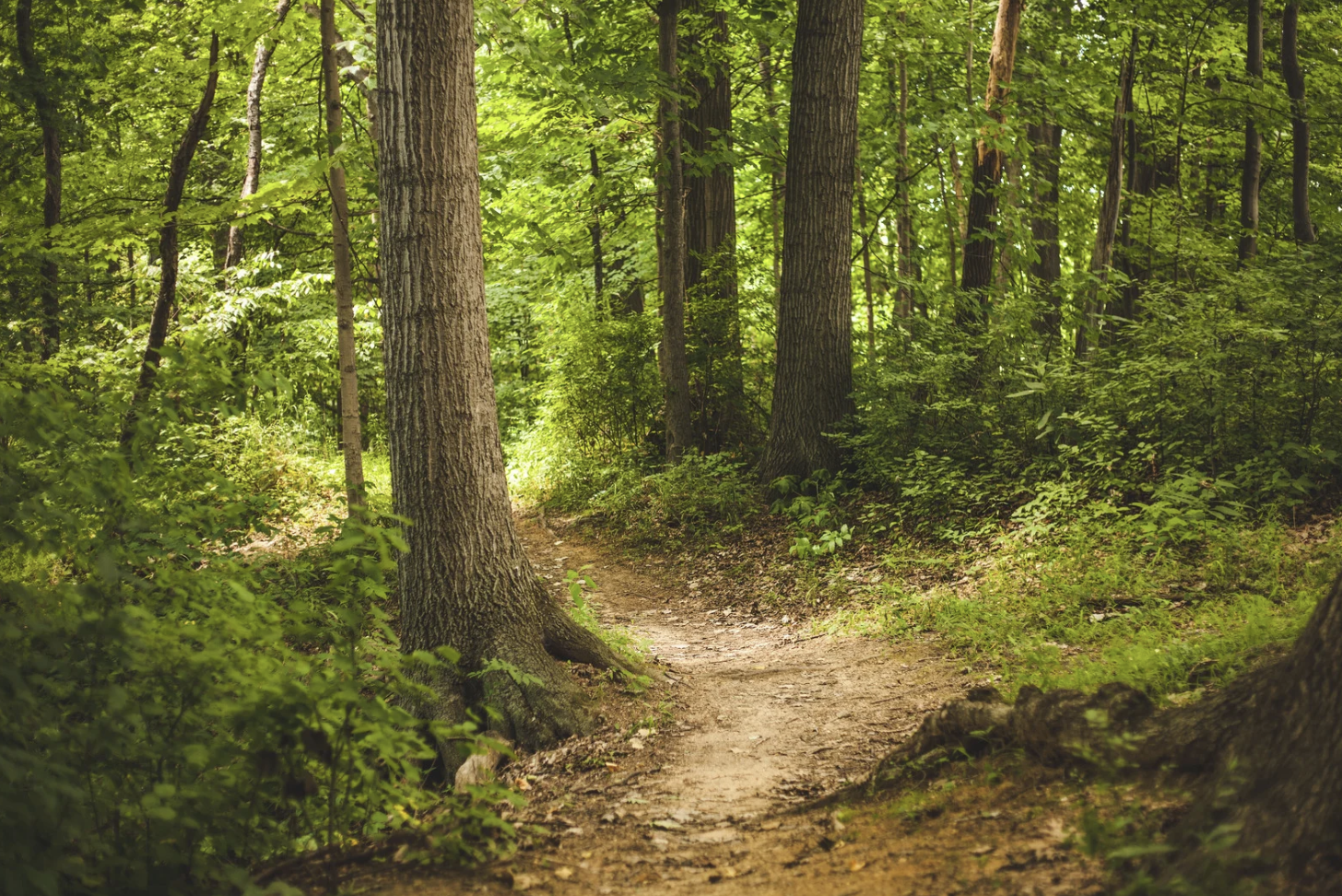Forest Bathing - Hugging Trees Can Soothe You
If you’ve ever wandered into a forest and come out feeling calmer, lighter, and mysteriously healed from the stress of everyday life—Congratulations! You’ve experienced the magic of forest bathing - probably without even knowing it.
Forest bathing doesn’t require soap or towels - just trees, time and your full attention.
But what exactly is forest bathing? Where did it come from? And why has it joined the wellness movement?
The History of Forest Bathing
Forest bathing (Shinrin-yoku) originated in Japan when work stress was skyrocketing and people needed a restorative antidote. The Japanese Ministry of Agriculture, Forestry, and Fisheries created the term as a way to encourage people to get outside, slow down and connect with nature. Unlike hiking or exercise, forest bathing is less about cardio and more about presence. Think of it as nature therapy without a couch.
The practice took root (haha - pun absolutely intended) thanks to Dr. Qing Li, a physician and researcher who devoted his career to studying how immersing oneself in nature affects human health. Research studies showed that spending time in forests could reduce blood pressure, lower cortisol (that pesky stress hormone), improve mood, boost immunity and even increase the number and activity of natural killer cells that help fight illness.
It turns out that trees aren’t just good for hugging - they’re good for your immune system, too.
How Does Forest Bathing Work?
The science behind forest bathing is surprisingly straightforward. Trees release compounds called phytoncides (those fresh, piney smells you notice in the woods) and when you breathe them in, your body responds in ways that calm your nervous system and enhance immune function.
Add in the gentle stimulation of your senses—birdsong, rustling leaves, filtered sunlight—and your brain starts to shift from “fight or flight” to “rest and digest.”
How Do You Practice Forest Bathing?
Now, before you start marching through the woods like you're on a Fitbit mission, let me clarify - forest bathing is not about distance or sweat. It’s about being, not doing.
The ideal way to practice it? First, find a natural wooded area—a forest, a park or even a grove of trees. Leave your phone behind. Walk slowly, breathe deeply and engage your senses. Notice the texture of bark, the patterns of leaves, the way sunlight hits the ground. Sit on a mossy rock if you feel so moved. No agenda, no destination—just you and the trees having a quiet moment together.
How Long Does a Forest Bath Last?
A typical forest bathing session might last anywhere from 20 minutes to 2 hours. Some people like to wander . . . but others might sit in stillness. There’s no right or wrong way to do it—unless you’re blasting a podcast while speed-walking in hiking boots, in which case . . . Congratulations! You’re just hiking.
Forest bathing invites you to become a human being instead of a human doing. And yes, it’s okay to talk to the trees. Just maybe do it quietly if other people are around.
How Accessible is Forest Bathing?
What’s most delightful about forest bathing is how accessible it is. You don’t need to live in the mountains or have a fancy meditation app. You just need a patch of nature, a bit of time and a willingness to slow down - that’s the hardest part.
Even urban parks can offer pockets of peace if you approach them with intention. Take the time, find that intention, and you’ll come out with a clearer mind, a lighter heart and possibly fewer stress wrinkles. Not a bad trade-off.
Can You Find Your Forest?
So the next time the world feels a little too loud or your to-do list starts glaring at you in silent judgment, remember that soothing your inner child might just be a walk in the woods away.
Find your forest, breathe it in and let nature do what it does best—remind you that you’re already whole, already grounded and already connected to something ancient and beautiful.
Bonus: It’s free, doesn’t require Wi-Fi and the trees don’t care if it’s not a shower day.







